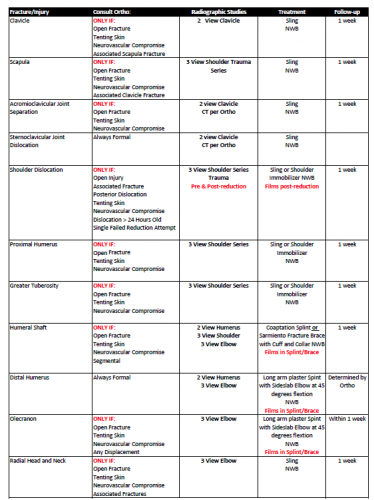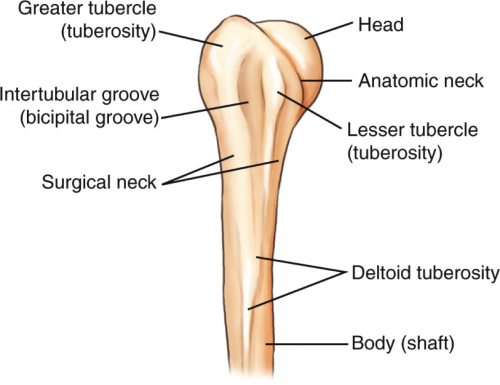Level I and II trauma centers that are verified by the American College of Surgeons are required to have a method for ensuring that urgent orthopedic cases have good access to an operating room (OR). Some hospitals (that have room availability) have achieved this by dedicating an OR for this purpose. In a few hospitals, the room is available 24/7, but most provide daily block time that has a reasonable release time (typically about 6am). This allows procedures to reliably get done the next morning.
Previous papers have documented many of the benefits of this practice: decreased length of stay, fewer surgical revisions, decreased cost, and of course, fewer after-hours operations. But by definition, this adds a delay of several hours to the case. If the patient comes in at 7pm, the case may not start for 12 hours or more.
Could this increase the risk of infection or other complications? The orthopedic group at Stormont Vail in Topeka KS (Level I) looked at their retrospective experience over a 6 year period. They specifically examined cases in which a time delay could increase the infection rate: open tib/fib fractures. They recorded the usual demographics, time to procedure, and broke the data down by Gustilo grade of the fracture.
Here are the factoids:
- The authors treated 297 patients with a total of 347 open fractures
- About half were treated before a dedicated ortho OR was implemented, and half after
- Average time to debridement in the dedicated OR was 13 hours, vs 5 hours in the on-call system
- Overall, the number debrided within 24 hours was the same in both groups
- Primary fracture union was significantly higher in the dedicated room group (73% vs 57%)
- Patients treated initially in the dedicated room were significantly less likely to need an unplanned procedure later (for malunion or infection)
- There was no difference in infection, non-union, or amputation rates
Bottom line: Let your orthopedic surgeon sleep if you have a dedicated OR so the work can get done first thing the next day! It saves wear and tear on the hospital infrastructure that occurs when cases are done in the middle of the night, as well as the surgeon. Besides saving time and money, final outcomes are better, too!
Reference: Use of the Dedicated Orthopaedic Trauma Room for Open Tibia and Femur Fractures: Does It Make a Difference? J Ortho Trauma 32(8):377-380, 2018.



